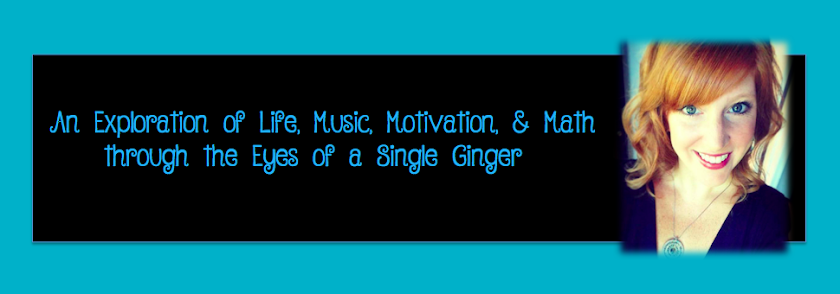Why this page?
I taught mathematics for 10 years in Maryland and am now the Elementary Mathematics Coordinator for a school district in Delaware. As a result of the implementation of Common Core, I have seen students make amazing academic growth, get excited about mathematics, and see how valuable and relevant it actually is in their lives. Sadly, I've also seen frustrated teachers, parents, and as a result - frustrated students. There are many reasons for these frustrations, but not one of these reasons is that "Common Core is bad for kids." There are two huge myths that need to be debunked about Common Core Math, which I will discuss below.
*If you are a parent who would like more information on how to support your children with math, you can click here to view a list of some of my favorite resources for home.
*If you are a parent who would like more information on how to support your children with math, you can click here to view a list of some of my favorite resources for home.
Myth #1: This is "new math."
I'm happy to say that 2 + 2 is still 4, 3 x 5 is still 15, and slope-intercept form is still y = mx + b. Math itself didn't change and kids can still find the same solutions to the same problems that we solved when we were kids. What IS new is that the math standards now allow us to honor kids' thinking. There are multiple ways to solve a problem. All kids learn differently, the same way adults do. We want kids to think like mathematicians, be able to defend their thinking, persevere through problems, and be able to decide if their answer is reasonable. When my kid goes to the grocery store at the age of 18 or 40, I want them to be able to estimate whether they have enough money for their groceries, not have to get a calculator out, add every single item up and compute the total down to the penny. They need to be able to reason through problems – simple and complex. And it’s not just about reasoning through mathematics, but reasoning through all problems in life.
Myth #2: Kids aren't allowed to use the formulas and algorithms that we used when we were kids.
The end goal is still for students to be able to compute efficiently using an algorithm, but when students have conceptual understanding of why that algorithm works, they are much more likely to remember it because it makes sense to them. In lower grades, students learn to “make 10” in order to be able to compute with numbers more easily. For example, when we were first graders, we had to memorize that 9 + 6 = 15. First graders now may take a 1 from the 6, combine it with the 9 to make 10, and now they have an easier problem to solve, 10 + 5 = 15.
When we were kids, we had to memorize all of our multiplication facts. We did this mainly through flash cards. And if you were great at your facts, congrats - you might even earn a sticker on the star chart. Today, we teach students how multiplication is connected to area and they can therefore solve problems that are relevant to their life. For example, what are all the possible ways that I could create a garden that measures 24 square yards? The combinations here are basic multiplication facts – 1 x 24, 2 x 12, 3 x 8, 4 x 6, etc. Kids learn these facts more easily when they have blocks, chips, or some type of manipulative that they can move around and organize into a rectangle of 24 square units. The foundation for this understanding begins in the younger grades in the form of an array, which looks like this:
Try this:
If you are reading this, I want you to take 30 seconds to solve this math problem:
599 + 397 = ?
Did you grab a piece of paper and line the digits up? Add them? Carry a one? If you did, that’s because you were taught an algorithm to solve a problem. Did you know that that the 1 that you are "carrying over" actually represents a group of 10? That’s a lesson for another day.
My point is...
We want students to see numbers as flexible things. I can manipulate numbers the way that’s easiest for me to compute them. I still will get the same answer as you, but I solve the problem differently. So for the problem above, it’s easier for me to solve it mentally this way:
I know that 599 is 1 away from 600 and 397 is 3 away from 400. So in my head, I will add 600 + 400 = 1000 because that’s easy for me to do. I know that I need to take the extra 4 away that I added in, so 1000 – 4 = 996. If you understand the method I just used, you just did what people refer to as “new math.” Not so new, right? Just makes math easier.
Here is a great (and short) video of why Common Core math is not the enemy!
Here is a great (and short) video of why Common Core math is not the enemy!
Click here for a list of my favorite parent resources for common core math to use at home.
I would love to hear your thoughts and experiences around this heated topic and/or answer any questions you might have around Common Core math. Leave a comment for me below!


No comments:
Post a Comment